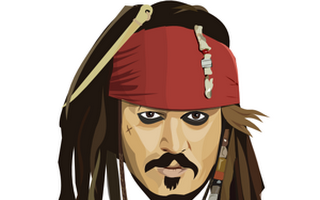The New Paradigm of Industrial Design for Disability Prof Maximiliano Romero BIOSTEC 2018=-xây dựng nền công nghiệp hỗ trợ người khuyết tật
++facebook của tôi : http://bit.ly/2gbTWGk+++blog : http://bit.ly/2iEwW3Y
++ pinterest của tôi : http://bit.ly/2yXVriG
+++kênh học tập : http://bit.ly/2zM0S1v
++ instagram của tôi : http://bit.ly/2CVFDzR
+++ Tumblr : http://bit.ly/2zUrIp3
++ reddit : http://bit.ly/2zKuA7h
+++ google+ : http://bit.ly/2iCRIkz
Hãy sub(đăng ký ) kênh để ủng hộ tác giả nhé !
Title: The New Paradigm of Industrial Design for Disability
Keynote Lecturer: Maximiliano RomeroPresented on: 21/01/2018, Funchal, Madeira, Portugal
Abstract: Industrial design was born with the industrial revolution thanks to the intention of consciously design objects for everyday use. Since its inception, industrial design has had to mediate between the needs of the users and the production capacities of the industry. Before that revolution, objects were crafted manually by the end-user themselves, as a response to their specific needs, or by artisans with special manual skills who knew of those needs. Mass production has allowed to reduce costs for the industry, but at the same time forced people to use generic products that are not tailor-made. Typically, it is the man who has to adapt to the product and not vice versa. Only in recent years have the user needs become important enough to overcome technical/economical restrictions. Today, the field of Product Design is highly evolved, and several methodologies have been developed to guide the complex process of creating new products. Much of them consider the user requirements superficially and are guided mainly by technological innovation. In market paradigm of mass production, a new product is often produced in hundreds of thousands. When a design mistake occurs, it too is reproduced by hundreds of thousands. If a new product is a commercial flop, the result is tons of trash. In order to reduce this risk, data about user requirements are collected by well-known User Research Methodologies, which tend to increase the likelihood that a given product will be accepted by the public, and thus commercially successful. In the field of disability, markets are much smaller than “consumer” products. Thus, the main impact on the design of a product for disability are from: higher production costs and the need for adaptation. Products for disability, often are morphologically complex because they need adjustments to the specific user needs. Frequently, with the goal of lengthening the life time of the product, stronger materials, robust design and some adjustment capabilities are used. As a result, ugly products are frequently produced, with a consequent stigmatization of the disability status. Needless to say, the worsening of such a situation increases inversely proportional to the user income and strength of the public health system.

No comments:
Post a Comment